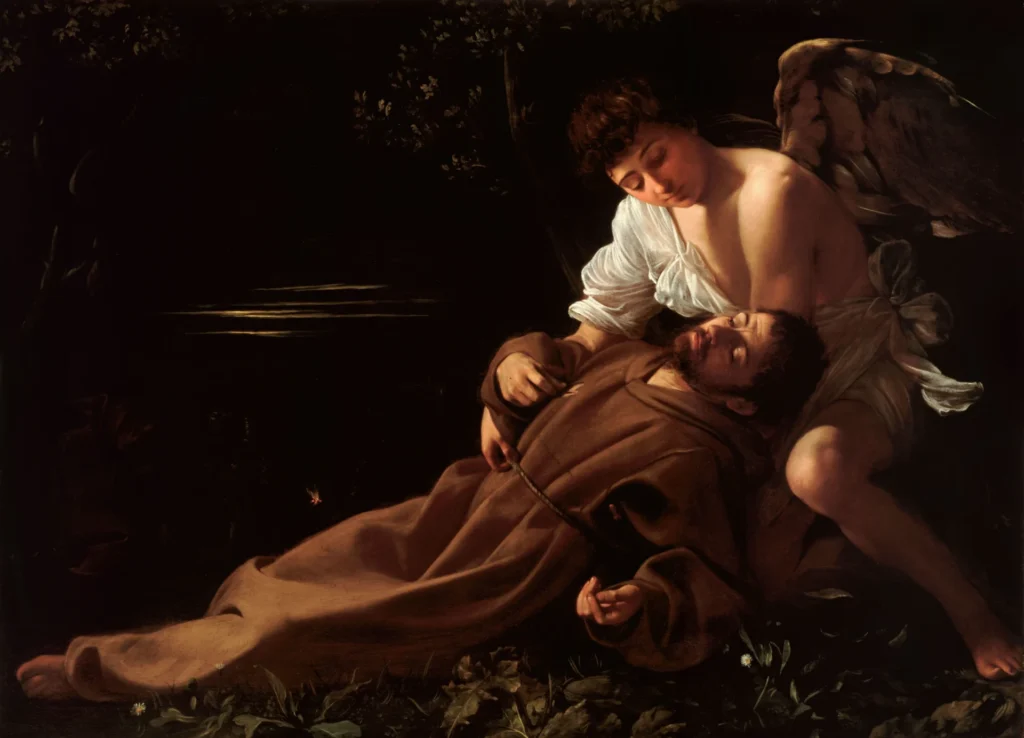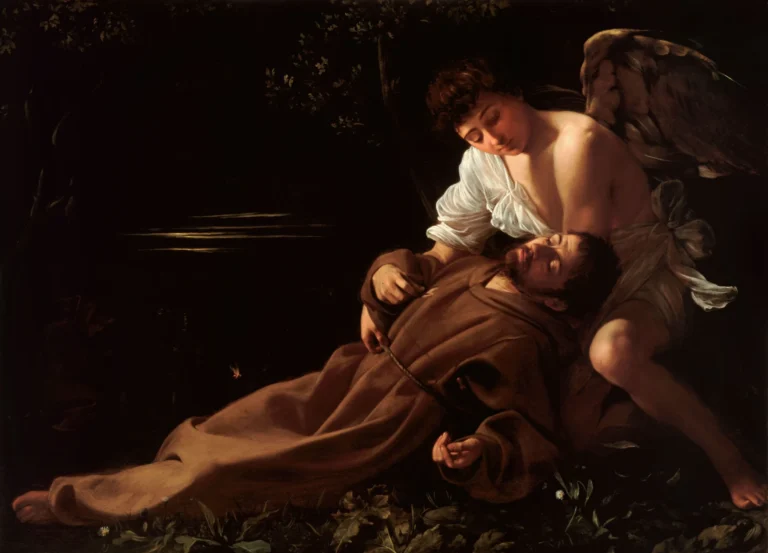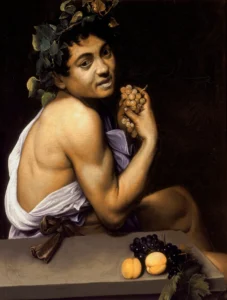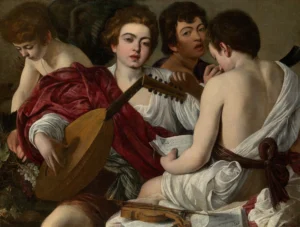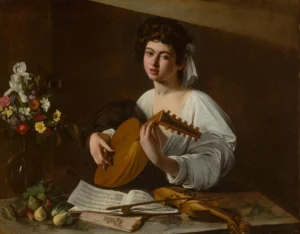Saint Francis of Assisi in Ecstasy
Created circa 1595 by the renowned artist Caravaggio, Saint Francis of Assisi in Ecstasy is a profound exploration of spiritual ecstasy and divine communication. The painting captures the moment Saint Francis receives the stigmata while offering a personal and intimate portrayal of the saint. Unlike traditional depictions, Caravaggio presents a more subdued scene, illuminated by his signature chiaroscuro technique, creating a powerful spiritual atmosphere. This work is essential in understanding Caravaggio's early approach to religious themes and his lasting influence on Baroque art.
Year 1595
About the Artwork
Saint Francis of Assisi in Ecstasy signifies a seminal point in Caravaggio's artistic journey, showcasing his ability to intertwine dramatic realism with spiritual themes. The painting, commissioned by Cardinal Francesco Maria Del Monte, marked Caravaggio's entry into the world of religious art. The composition departs from grandiose representations, instead opting for an intimate portrayal of the saint, believed to be modeled on Caravaggio himself to heighten the sense of authenticity. The work's use of nocturnal illumination enhances the emotional weight, inviting viewers into a moment of personal divine connection. Caravaggio's approach represented a pivotal shift during the Counter-Reformation, aligning with the movement's goals of fomenting a deeper, more personal relationship with spirituality among viewers.
Did You Know
Caravaggio is believed to have modeled Saint Francis after himself, integrating a personal touch and enhancing the emotional resonance of the piece.
The use of chiaroscuro developed in this painting significantly influenced the Baroque style, marking a shift in how light was utilized in religious art.
Unlike traditional depictions which often featured grandiose angels, Caravaggio’s portrayal of a simple two-winged angel adds a sense of intimacy and human connection to the divine experience.




